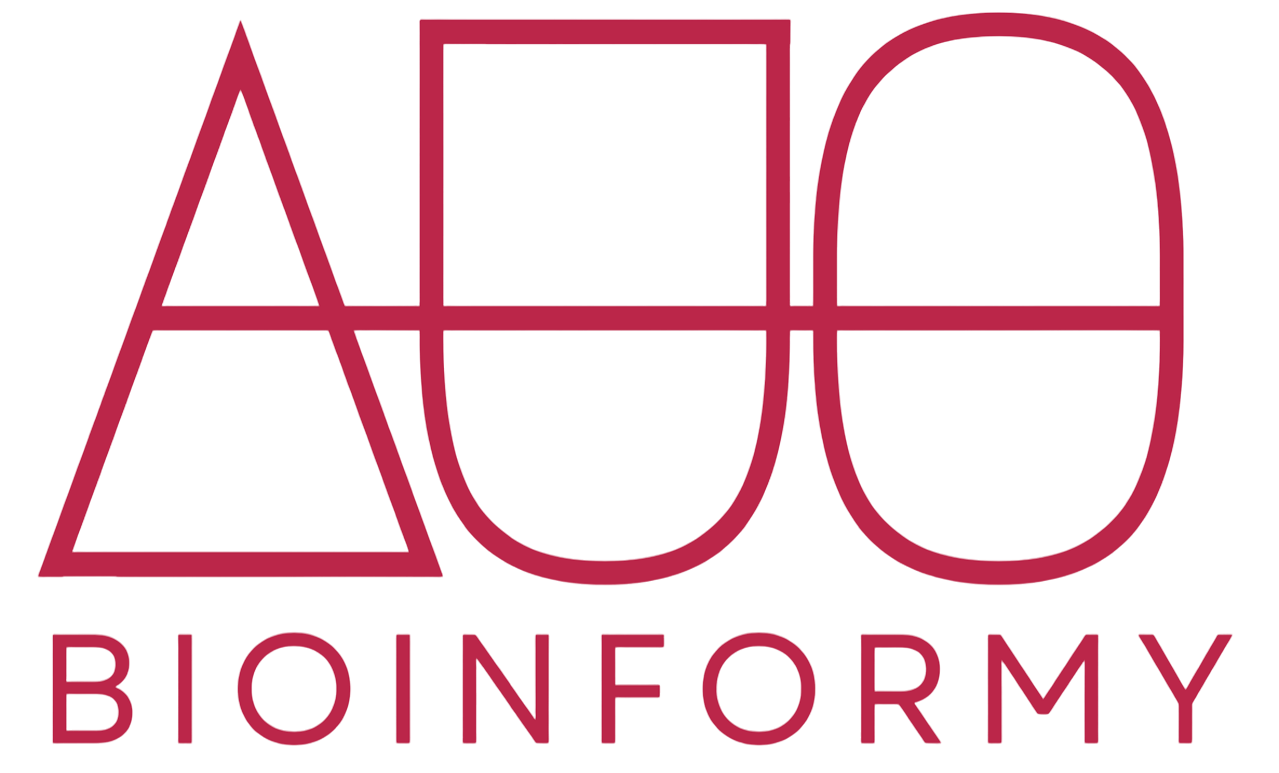DNA sequencing and bioinformatics are closely related fields, with one providing the raw data and the other providing the tools and methods for analyzing and interpreting that data.
DNA sequencing is the process of determining the precise order of nucleotides in a DNA molecule. This can be done using a variety of different techniques, such as Sanger sequencing, next-generation sequencing (NGS), and single-molecule sequencing. The high-throughput and low-cost of these techniques has led to an explosion of DNA sequencing data, making bioinformatics an essential part of modern biology.
Bioinformatics is the field of study that uses computational techniques to analyze and understand biological data, such as DNA sequences. Bioinformaticians use a variety of tools and methods, such as alignment algorithms, gene prediction programs, and machine learning, to analyze and interpret DNA sequencing data. Applications of bioinformatics include genome assembly, variant calling, gene expression analysis, and comparative genomics.
Therefore, DNA sequencing provides the raw data, while bioinformatics provides the means to make sense of that data, by developing new methods and tools for understanding complex biological systems.
Bioinformatics is the field of study that uses computational techniques to analyze and understand biological data, such as DNA sequences, protein structures, and gene expressions. It is an interdisciplinary field that combines computer science, statistics, and molecular biology, and it plays a crucial role in modern biology.
The field of bioinformatics has several main areas of focus:
- Sequence analysis: The analysis of DNA and protein sequences, including genome assembly, alignment, and annotation, as well as gene prediction and functional analysis.
- Structural bioinformatics: The analysis of protein and nucleic acid structures, including protein structure prediction, folding, and docking, as well as the analysis of protein-ligand interactions.
- Functional genomics: The study of the function of genes and their interactions, including gene expression analysis, microarray data analysis, and systems biology.
- Comparative genomics: The comparison of genomes from different organisms, including phylogenetics, evolutionary analysis, and the identification of conserved elements.
- Drug discovery and development: The use of bioinformatics in the discovery and development of new drugs, including target identification, virtual screening, and drug design.
Bioinformatics is widely used in many areas of biology and medicine. For example, in genetics it is used to identify the genetic basis of disease, and in drug development it is used to identify new drug targets and design new drugs. It is also used in agriculture to improve crop yields, and in environmental science to study the effects of pollution on living organisms.
Bioinformatics is a field that uses computational techniques to analyze and understand biological data, and it plays a crucial role in modern biology by providing the means to make sense of the large amounts of data generated by DNA sequencing and other high-throughput technologies.

